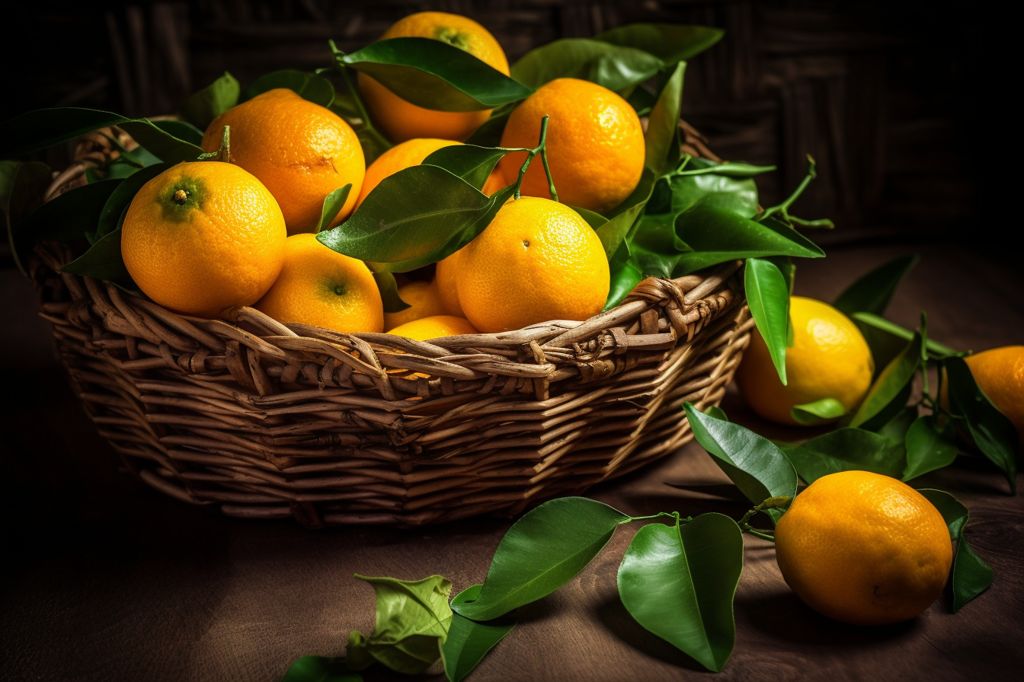The iconic destination of V&A Waterfront in South Africa has set an ambitious goal to eliminate single-use plastics by 2025. This move has been driven by the South African Plastics Pact (SAPP), which envisions a circular economy. In this article, we explore the various implications of this commitment and the Waterfront’s broader sustainability practices.
Targeted Items for Elimination
To achieve the goal of eliminating single-use plastics, the V&A Waterfront has identified 12 specific items often used by tenants. These items include plastic barrier bags, plastic shopping bags, plastic straws, plastic cutlery, plastic stirrers, plastic pallet wrap, earbuds with plastic stems, and lollipops with plastic sticks. The Waterfront’s targeted approach aims to reduce its environmental impact significantly and move closer to realizing a sustainable, eco-friendly environment.
Updated “Green Lease”
David Green, V&A Waterfront’s CEO, explains that the updated “green lease” reflects the precinct’s dedication to sustainability and waste management. The new lease agreements aim to foster energy efficiency and cost savings among tenants while aligning with the Waterfront’s overall 2035 net-zero goal. This collaboration between the precinct and its tenants ensures a cohesive approach to sustainability and environmental stewardship, setting an example that other destinations can follow.
V&A Waterfront’s Sustainability Initiatives
The V&A Waterfront, which hosts over 800 tenants, has been a proponent of developing sustainable buildings and promoting environmentally-friendly consumption. The precinct has encouraged proper waste disposal and recycling methods, including the use of eco-bricks in construction projects. Additionally, the Oranjezicht City Farm Market has successfully implemented the Return-on-the-Go Plastic Cup Project, showcasing the potential for innovation in waste reduction.
Inspiring Sustainable Change
As an influential hub for tourism and commerce, the V&A Waterfront’s commitment to sustainability has the potential to inspire change in other precincts and industries. By addressing single-use plastics head-on and outlining concrete strategies in its tenant lease agreements, the Waterfront demonstrates that sustainability can be pursued in tandem with business growth. This forward-thinking approach benefits the environment and enhances the Waterfront’s reputation as a leader in corporate responsibility.
The V&A Waterfront’s journey towards eliminating single-use plastics by 2025 exemplifies the power of collaboration and strategic planning. By integrating the South African Plastics Pact’s goals into their tenant lease agreements, the Waterfront has created a roadmap for achieving a more sustainable, eco-friendly future. As we continue to grapple with the environmental challenges of our time, the Waterfront serves as a beacon of hope, reminding us that a greener future is within reach if we work together and commit to implementing lasting change.












